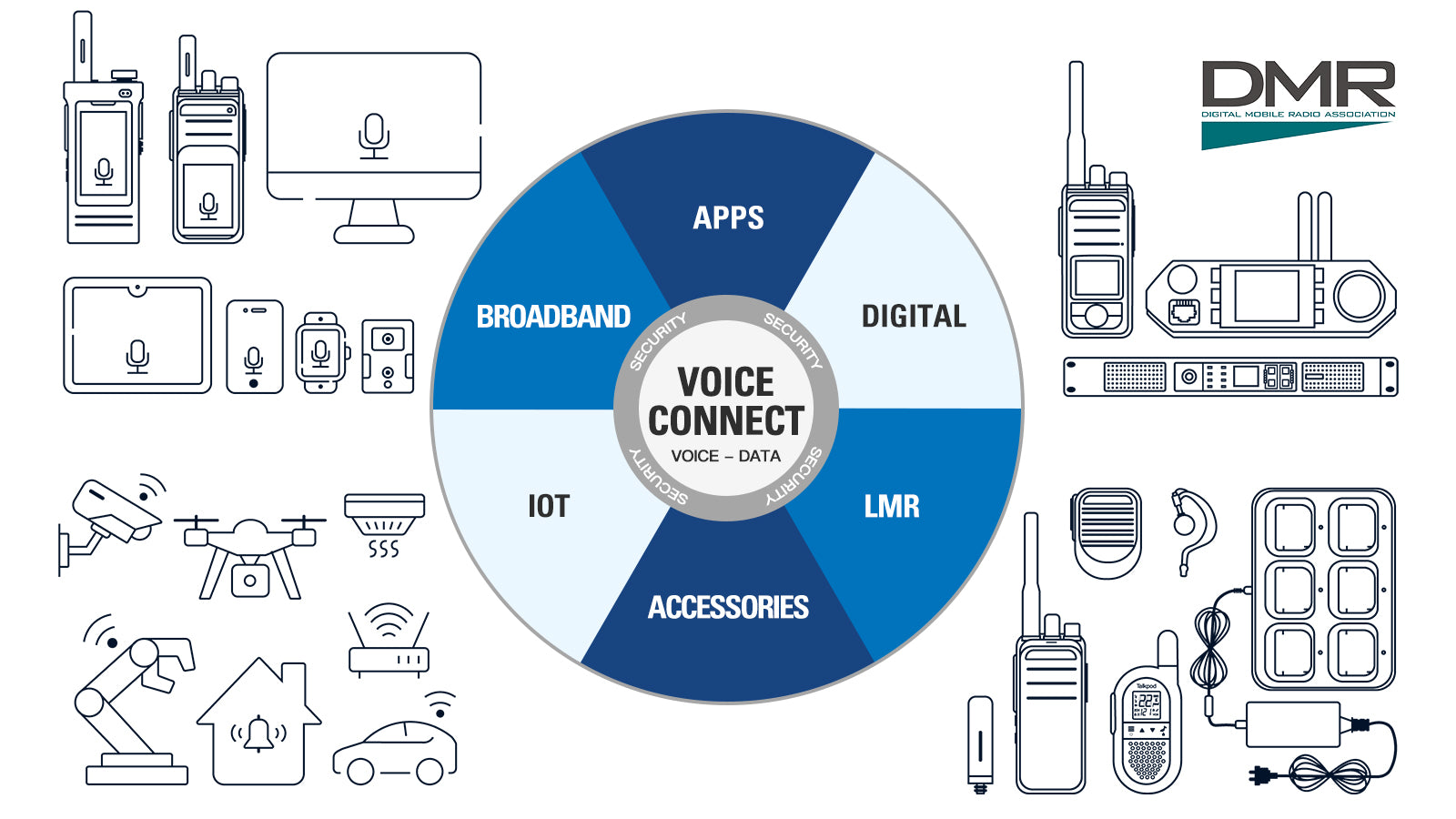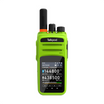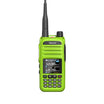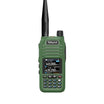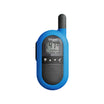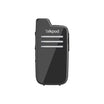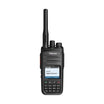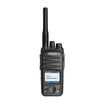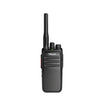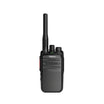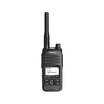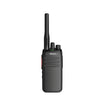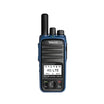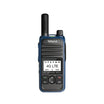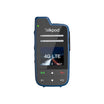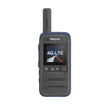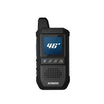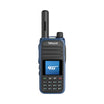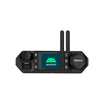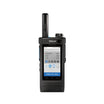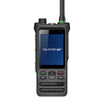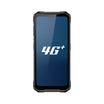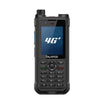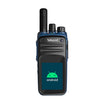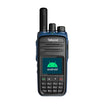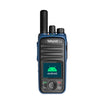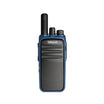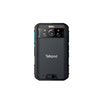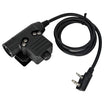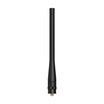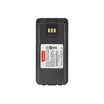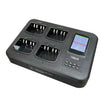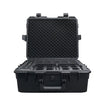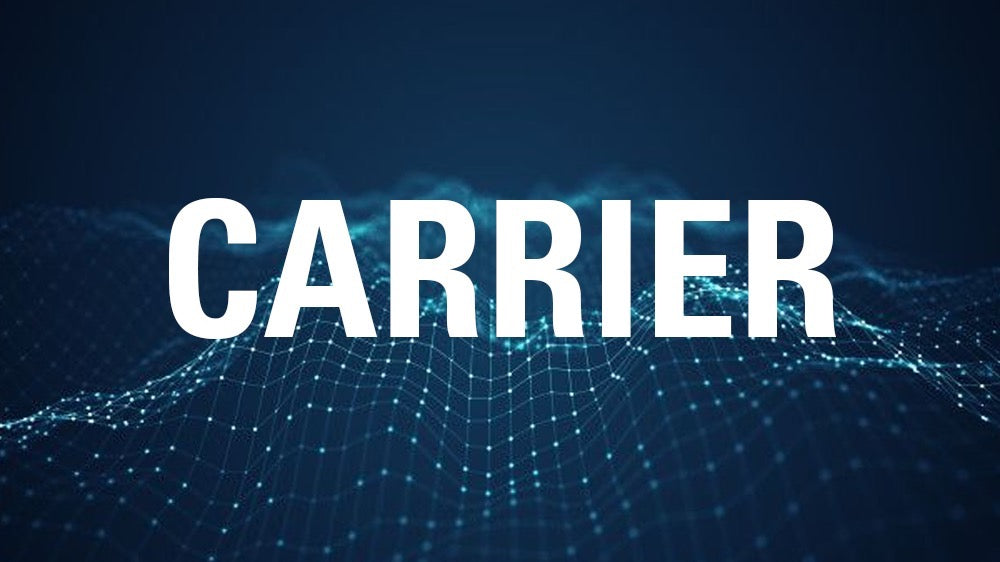In the realm of radio communications, understanding the fundamental concept of the 'carrier' is crucial for both enthusiasts and professionals. A 'carrier' in telecommunications refers to a sine wave that is modulated to carry information. This modulation could be in the form of voice, data, or any other type of signal.
What is a Carrier?
At its core, a carrier is a continuous, sinusoidal wave that serves as the backbone for transmitting information. It's essentially a blank slate upon which information is imprinted or 'carried' from one place to another through modulation. The frequency of this sine wave is typically higher than the original signal's maximum frequency, which aids in the efficient transmission of information over long distances.
The Role of Carrier Frequency
The carrier frequency plays a pivotal role in communication systems. It determines the wavelength and hence, the propagation characteristics of the transmitted signal. Higher carrier frequencies allow for the transmission of signals over shorter distances but provide greater bandwidth, making them ideal for high-speed data services.
Modulation and Its Impact
Modulation is the process of varying one or more properties of the carrier wave, such as its amplitude, frequency, or phase, in accordance with the information signal. However, if the frequency of the carrier is not appropriately chosen—higher than the bandwidth of the modulating signal—it can result in issues like aliasing and signal distortion, compromising the integrity of the transmitted information.
Avoiding Aliasing and Distortion
Aliasing occurs when the carrier frequency is too low relative to the bandwidth of the modulating signal. It results in different signals becoming indistinguishable when converted from a higher to a lower frequency. To avoid this, ensuring that the carrier frequency is sufficiently higher than the highest frequency component of the modulating signal is essential.
Conclusion
In conclusion, the 'carrier' is a fundamental concept in the field of radio communications, enabling the transmission of various forms of data across vast distances. Proper understanding and application of carrier frequencies and modulation techniques are paramount to avoid issues like aliasing and distortion, thereby ensuring clear and reliable communication.
Whether you're setting up a ham radio station, managing a broadcast system, or delving into the intricacies of telecommunications, grasping the concept of the 'carrier' wave and its proper usage is indispensable for successful transmission and reception of signals.


